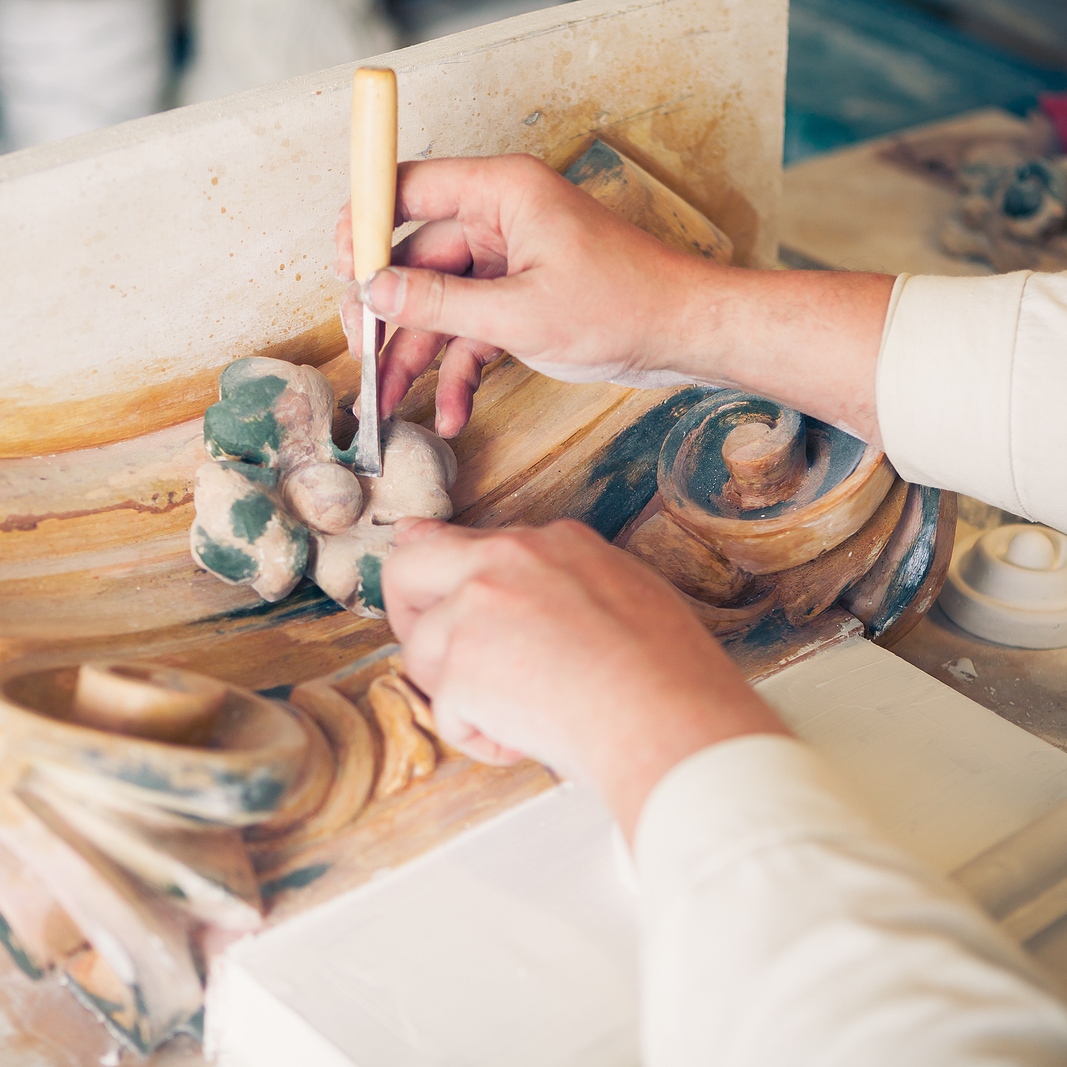Art reflects history, culture, and human creativity, making its preservation essential for future generations. The world’s most treasured masterpieces, whether they hang in prestigious museums or private collections, face numerous threats such as environmental factors, theft, and time itself. Fortunately, technological advances and innovative techniques are revolutionizing how we approach art protection.
In this article, we’ll explore the latest solutions designed to safeguard priceless works of art and ensure their longevity. These innovations, from digital preservation to cutting-edge security systems, are reshaping the art world.
Understanding the Challenges of Art Preservation
Artworks, especially older pieces, are fragile by nature. Paintings, sculptures, and textiles are susceptible to environmental damage, including:
- Humidity and Temperature Fluctuations: Extreme conditions can cause cracks, fading, or warping in materials like canvas, wood, and paint.
- Light Exposure: Ultraviolet (UV) rays from sunlight or artificial lighting can degrade pigments, leading to color fading.
- Pollution: Airborne particles and gases can interact with surfaces, causing chemical reactions that damage artworks.
- Pests and Biological Threats: Mold, insects, and other organisms pose significant risks, particularly for textile and wooden artifacts.
Beyond these natural threats, theft, vandalism, and accidents present additional risks. Each of these challenges requires tailored solutions to maintain an artwork’s integrity.
Innovative Environmental Control Solutions
Climate-Controlled Display Cases
Modern display cases are far more than glass boxes. Advanced climate-controlled systems can regulate temperature, humidity, and air quality to create optimal conditions for delicate works. These systems:
- Maintain constant humidity levels to prevent cracking or warping.
- Filter out pollutants and harmful particles.
- Use UV-blocking glass to reduce light exposure.
Such cases are often custom-built to suit the specific needs of a particular artwork, ensuring maximum protection.
Smart Monitoring Systems
IoT (Internet of Things) technology is reaching museums and galleries. Sensors embedded in display cases and rooms can monitor environmental conditions in real-time. If temperature or humidity deviates from the ideal range, alerts are sent to preservation teams, enabling swift action.
Revolutionizing Art Security
Biometric Access Controls
To combat theft, museums and private collectors are turning to biometric systems. These systems require fingerprint or retinal scans to access artworks, adding a personalized layer of security that’s nearly impossible to bypass.
RFID Tags and Trackers
Radio Frequency Identification (RFID) tags are widely used to track and monitor artworks. These tags, embedded in frames or sculptures, provide real-time location data. In the event of theft, RFID trackers can help authorities recover stolen pieces quickly.
AI-Powered Surveillance
Artificial Intelligence (AI) is transforming museum security. Smart surveillance systems can analyze video feeds to detect suspicious behavior, such as someone lingering too close to an artwork or making sudden movements. This proactive approach enables security teams to intervene before damage or theft occurs.
Digital Preservation: Safeguarding Art for the Future
High-Resolution Imaging
High-resolution digital imaging is now standard practice for preserving artworks. Museums and conservators create detailed digital replicas of pieces, capturing every crack, brushstroke, and imperfection. These digital copies serve multiple purposes:
- Restoration: Digital images guide conservators during physical restorations.
- Archiving: Museums can store and share digital versions to reduce the need to transport fragile originals.
- Virtual Exhibitions: Digitized art allows institutions to host online galleries, making art accessible to global audiences.
Blockchain for Provenance and Authenticity
Blockchain technology is being utilized to track the provenance and authenticity of artworks. A digital ledger stores an artwork’s history, including previous owners, restoration efforts, and sale details. This innovation prevents forgery and builds trust among buyers and collectors.
Advanced Conservation Techniques
Laser Cleaning
Conservators now use lasers to clean centuries-old paintings and sculptures. Unlike traditional methods involving chemicals and physical contact, lasers remove dirt and grime without damaging delicate surfaces. This precise method ensures artworks retain their original integrity.
3D Printing in Restoration
3D printing is revolutionizing the restoration of damaged sculptures and frames. Using high-resolution scans, conservators can recreate missing parts with exact accuracy. These replicas are often made from materials that mimic the original, blending seamlessly into the artwork.
Collaboration Between Technology and Art Experts
While technology plays a crucial role in art protection, it works best in collaboration with skilled conservators, curators, and scientists. Experts analyze an artwork’s condition, history, and materials before implementing preservation measures. This human touch ensures that technological solutions are tailored to the unique needs of each piece.
The Role of Education and Awareness
Preserving art isn’t solely the responsibility of museums and collectors. Public education about the importance of conservation can inspire greater care and appreciation for art. Workshops, online resources, and interactive exhibits help audiences understand the challenges and efforts of protecting priceless works.
The Future of Art Protection
As technology continues to evolve, so will the methods of preserving and protecting art. Innovations such as augmented reality (AR) for interactive displays, advanced nanotechnology for material preservation, and AI-driven restoration tools hold immense potential for the future. These advancements will safeguard existing masterpieces and ensure that new generations of art are equally well-protected.
Art is a legacy we pass on to future generations. By embracing innovative solutions and fostering collaboration, we can ensure that the world’s most valuable works continue to inspire and captivate for centuries.
